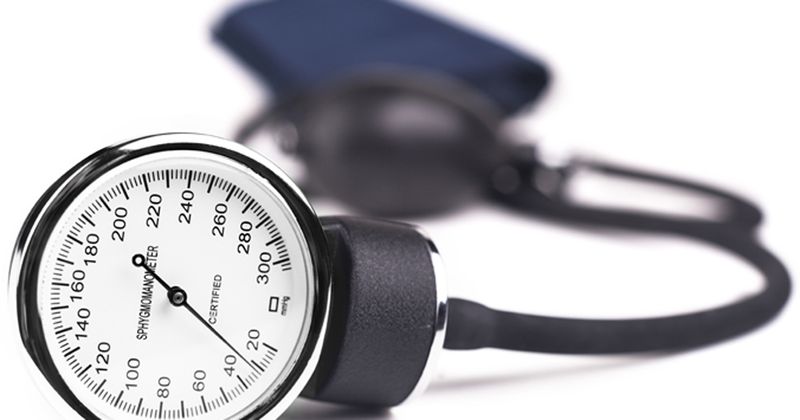Cumulative systolic BP load may improve CV prognostic value vs. other BP measures
Cumulative systolic BP load demonstrated improved prognostic value compared with other BP measures for the assessment of CV risk in patients with diabetes, according to data published in the Journal of the American College of Cardiology.
“An optimal measure as a risk factor for cardiovascular disease would account for both the magnitude and duration of elevated BP. Cumulative BP load, defined as the area under the curve expressed in units of mm Hg by time, is such a measure and has been associated with target organ damage,” Nelson Wang, MD, clinical associate lecturer at Sydney Medical School, University of Sydney, and colleagues wrote. “The only prior study of this measure was not only small and retrospective in nature, but also calculated cumulative BP load from ambulatory BP monitoring estimated over a short (24-hour) period.”

Wang and colleagues investigated the association between cumulative systolic BP load during 24 months and risk for major CV events to discern whether cumulative BP load may be a better predictor of CV events compared with systolic BP, time-below-target systolic BP and visit-to-visit systolic BP variability.
The present analysis included 9,338 patients with type 2 diabetes (mean age at baseline, 65 years; 42% women) in the follow-up observational study after the conclusion of ADVANCE-ON, a randomized controlled trial designed to assess the effects of BP lowering and intensive blood glucose-lowering treatment on vascular outcomes in patients with type 2 diabetes.
During a median follow-up of 7.6 years, 1,469 participants experienced a major CV event, 1,615 died (660 were CV-related), 491 experienced a MI and 674 experienced a stroke.
Participants with increased cumulative systolic BP load were more likely to be older and have more traditional CV risk factors, according to the study.
Researchers reported that for every 1 standard deviation increase in cumulative systolic BP load, participants experienced a 14% increased risk for major CV events (HR = 1.14; 95% CI, 1.09-1.2), a 13% increased risk for all-cause mortality (HR = 1.13; 95% CI, 1.13-1.18) and a 21% increased risk for CV death (HR = 1.21; 95% CI, 1.13-1.29).
Cumulative systolic BP load vs. other measures
The researchers also noted that the prognostic value of cumulative systolic BP load outperformed mean systolic BP, time-below-target systolic BP and visit-to-visit systolic BP variability in terms of Akaike information criterion (25,255) and net reclassification indexes (difference in C statistic, 0.0052; 95% CI, 0.0009-0.0095).
“Although the present study only assessed cumulative systolic BP load over 24 months, clinicians should recognize the importance of cumulative systolic BP load over a lifetime,” the researchers wrote. “This approach emphasizes the importance of early BP-lowering interventions, beginning with lifestyle measures and, if needed, pharmacological BP-lowering therapies to reduce the cumulative systolic BP load that each individual experiences over their lifetime.”
Integrating cumulative measures in clinical practice

In a related editorial, Donald M. Lloyd-Jones, MD, ScM, FACC, FAHA, chair of the department of preventive medicine at Northwestern University Feinberg School of Medicine and immediate past president of the American Heart Association, discussed the integration of cumulative systolic BP load as a predictor of CV risk in contemporary clinical practice.
“Although use of these measures would likely be cost-effective and relatively easy to program, will clinicians or health systems take the time to integrate these cumulative measures and present and interpret them correctly to assist risk prediction and preventive decision-making? ... [C]an we demonstrate that use of these measures leads to improved decision making and better outcomes?” Lloyd-Jones wrote. “These opportunities are more readily available with integration of data that allow for visualization of longer-term BP patterns and incorporation of home BP monitoring and ambulatory BP monitoring data to monitor out-of-office BP levels and control.”
